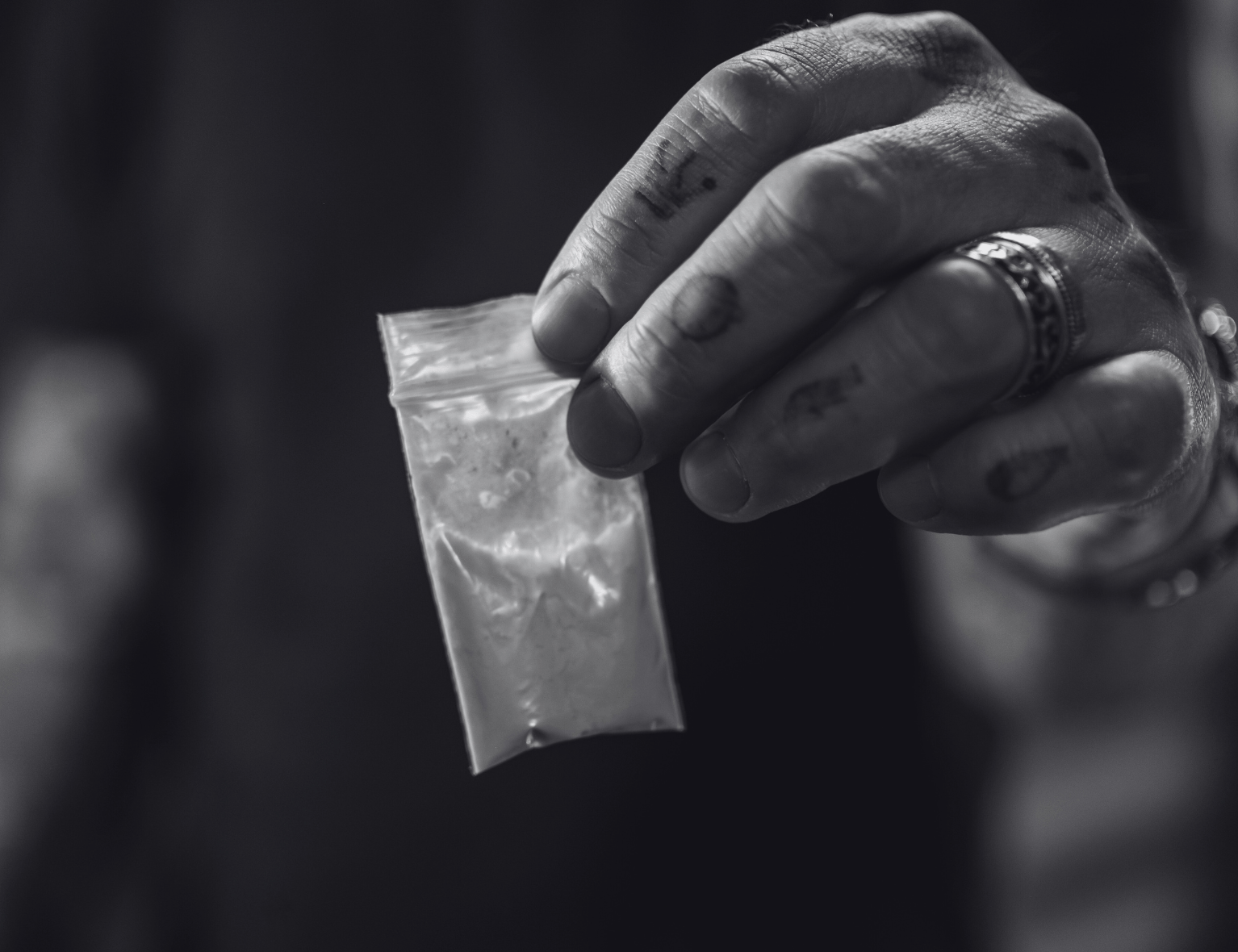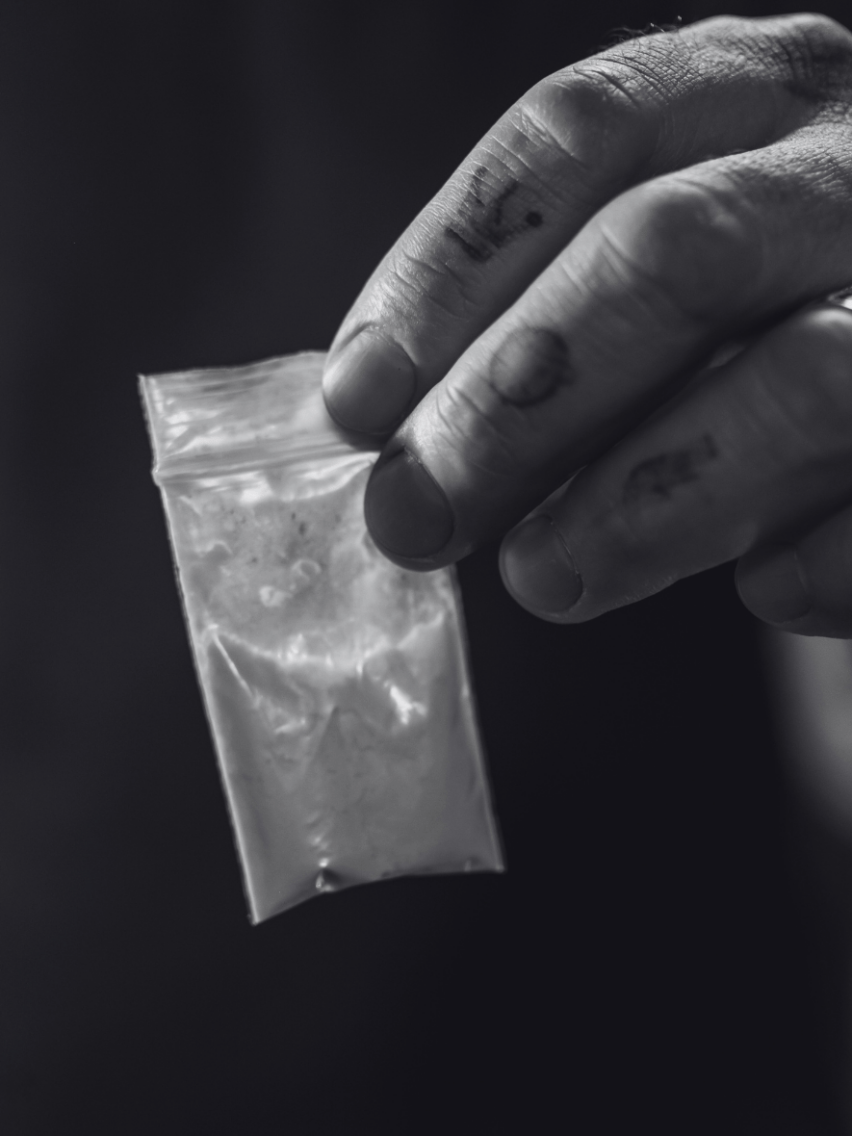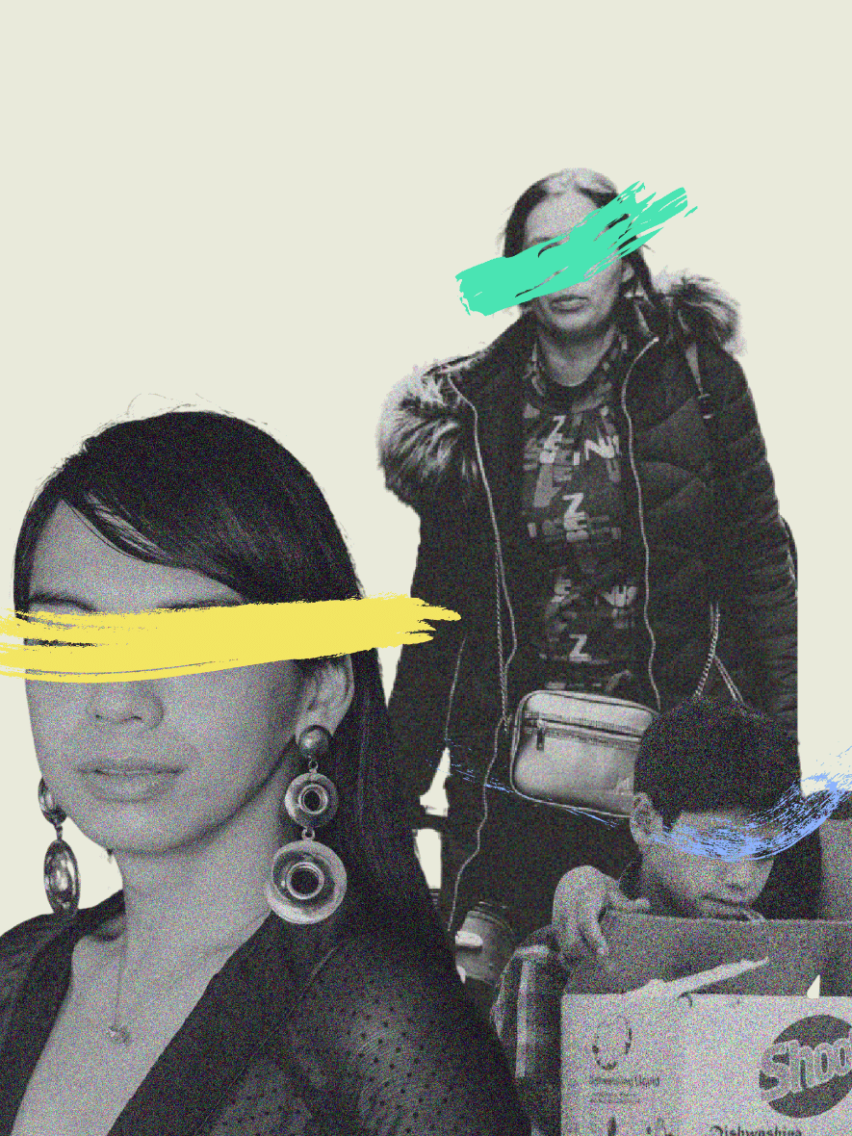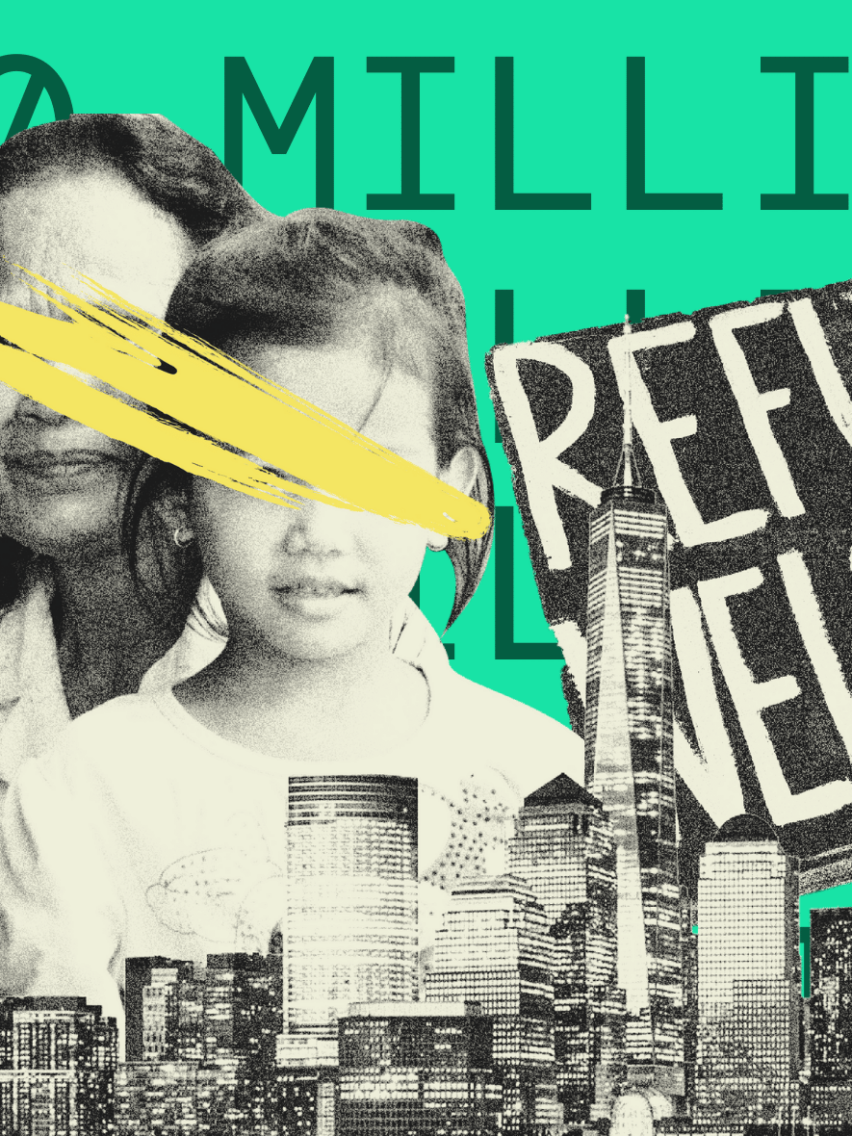The global drug problem is a multifaceted challenge that affects millions worldwide, from individuals battling substance use disorders to communities ravaged by the consequences of drug trafficking and organised crime. Each year, on June 26th, the International Day against Drug Abuse and Illicit Trafficking, also known as World Drug Day, underscores the necessity for a scientific, evidence-based approach that prioritises prevention and treatment. This year’s campaign recognises that effective drug policies must be rooted in science, human rights, compassion, and a deep understanding of the social, economic, and health implications of drug use.
The challenges posed by drug trafficking hinder progress toward the Sustainable Development Goals (SDGs) across various domains, from peace and justice to health and human rights and the environment and equality. Different patterns can be observed between urban and rural settings. For instance, in rural areas, illicit drug cultivation and trafficking often create opportunities for other crimes, further entrenching impoverished and vulnerable populations in cycles of crime and uncertainty. The tri-border area between Brazil, Colombia, and Peru in the Amazon Basin exemplifies how drug trafficking organisations violate human rights, safety, and well-being.
Capitalising on existing drug routes, Transnational Criminal Organizations (TCOs) have expanded into human smuggling and trafficking. Migrants, desperate to escape violence and economic poverty, become easy prey for these organisations. Many are unable to pay for unauthorised transportation and become servants, forced into sex trafficking, labour trafficking, drug smuggling, and other criminal activities. Refusal to comply often leads to violence against them or their families.
Exploiting migrants provides TCOs with an endless supply of personnel and diversified income streams independent of the narcotics trade. With money as the prime motivation, transnational crime is likely to increase unless authorities challenge this high-profit, low-risk paradigm. Enacted or amended legislation and training for law enforcement are crucial to recognising and addressing human trafficking.
The violence associated with drug trafficking extends far beyond drug users, impacting the human rights of millions. Low entry costs, established infrastructure, and the lack of prioritised prosecution for human smuggling or trafficking drive the convergence of drugs and human trafficking.
The manufacture and distribution of Illicit drugs is wholly reliant on trafficked and exploited people- and those struggling with addiction are prime targets for human traffickers.
Neil Giles, Intelligence Director at STOP THE TRAFFIK
At STOP THE TRAFFIK, we are determined to disrupt this criminal business. Our mission is to transform human trafficking from a high-profit, low-risk crime into a high-risk, low-profit endeavour by attacking the fundamental mechanisms traffickers rely on recruitment, financial transactions, and interactions with legitimate businesses.
Traffickers aim to make money, whether through the sale of drugs or people, and TCOs rapidly adapt to where they can make the most money—we must be faster than them. We have the opportunity to continue to share what we know across different sectors to illuminate the criminal business model and TCOs that span both people and drug trafficking, bringing transparency that forces action and underpins prevention.
We are an intelligence-led organisation that believes prevention must be at the heart of the fight against human trafficking. Our vision is clear: a world where no person is bought or sold. With the collective effort of our global community and an unwavering drive to innovate and disrupt, we are making significant strides toward this goal.
Join us in this fight. Together, we can make trafficking high-risk and low-profit and ultimately end this injustice. Let’s create a future where freedom is a reality for everyone.
Reference
- Shelley, L. (2012). The Relationship of Drug and Human Trafficking: A Global Perspective. European Journal on Criminal Policy and Research, 18(3), pp.241–253. doi:https://doi.org/10.1007/s10610-012-9175-1.
- Sereni, A. and Baker, C. (2018). Before the Harm is Done.
- hopeforjustice.org. (2024). The nexus between drug trafficking and human trafficking | Hope for Justice. [online] Available at: https://hopeforjustice.org/news/the-nexus-between-drug-trafficking-and-human-trafficking/ [Accessed 26 Jun. 2024].
- Bartsch, B. (2019). The Relationship of Drug and Human Trafficking and their Facilitation Via Cryptomarkets and The Dark Web: A Recommendation For Cryptocurrency Regulation.

 26.06.24
26.06.24
 25.06.24
25.06.24
 20.06.24
20.06.24
 17.05.24
17.05.24
